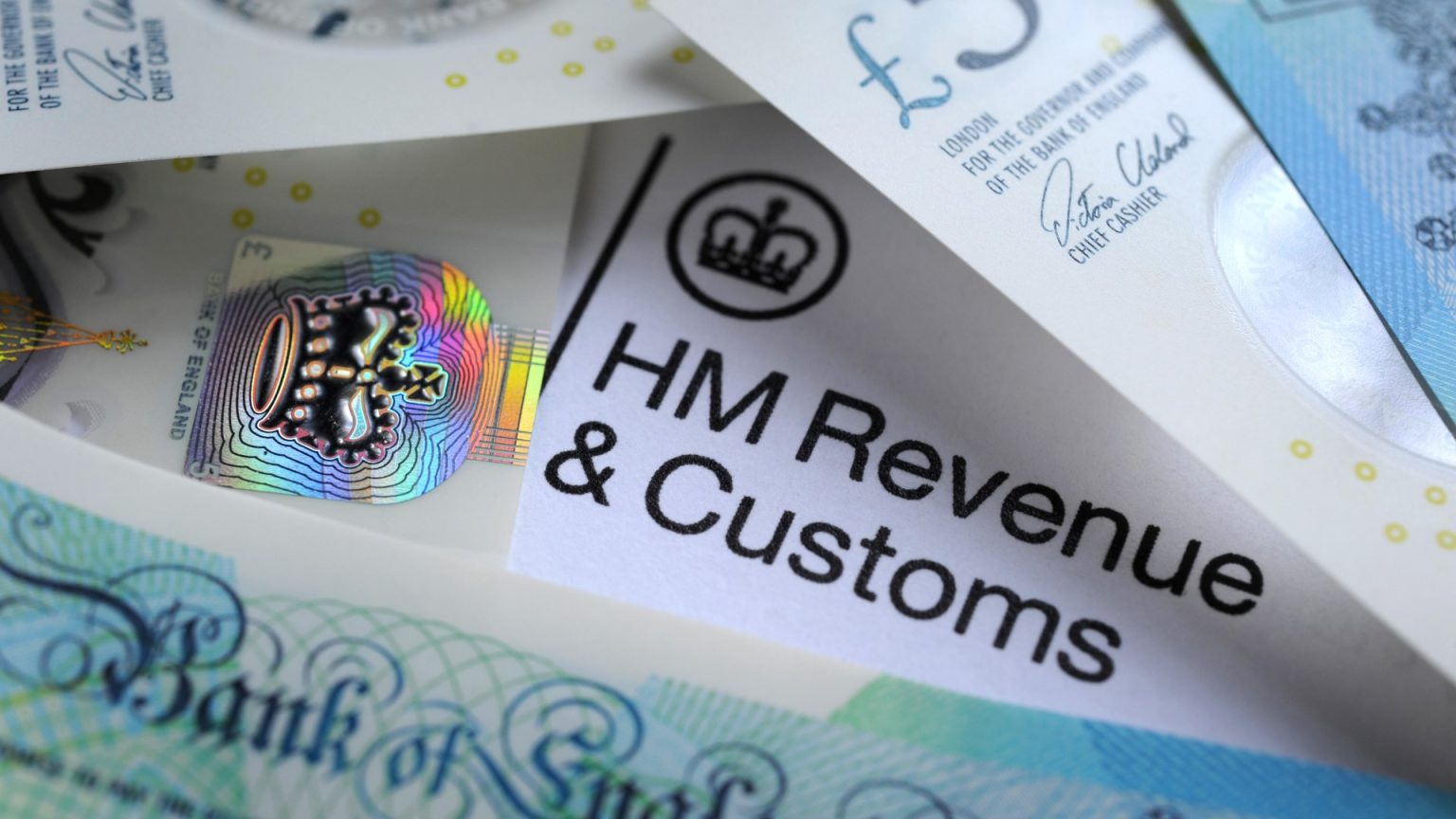HMRC’s Major Change Announced
HMRC has introduced a significant shift in its tax administration process, marking a major amendment. The new measures are designed to reduce the number of letters sent to households, eradicating devastating correspondents while also increasing funding for a digital-first organization. The decision comes as HMRC moves away from traditional post Sherman and focusing exclusively on digital innovations for greater efficiency and transparency.
Streamlining Correspondence and Resource Optimization
Holder of HMRC letters is no longer a strict requirement for all taxpayers. The government will cease sending physical mail to household contacts, except in cases of tax demands or registration for self-assessment. This change aims to lower the frequency of correspondence, saving £50 million annually by 2028-29, while ensuring that all taxpayers benefit from streamlined processes. However, those with no access to internet or face digital barriers are at risk of missing crucial updates, raising concerns among tax experts.
Understanding Tax Code Meaning
Understanding the tax code can provide crucial insights into your Right-to-Pay obligations and the decentralized nature of HMRC. The government is rolling out improvements through the introduction of a self-assessment tool and an enhanced app, prioritizing digital solutions. The tax code is now being explored for opportunities to assist with payments and understand charges through digital platforms, potentially replacing human correspondence. This innovation is expected to lower operational costs and enhance user experience, empowers taxpayers to avoid cumbersome processes.
Using HMRC’s Assistance
The HMRC app offers a dynamic platform designed to assist taxpayers in efficiently navigating tax calculations and self-assessment tasks. Users can access the app via the digital government gateway, benefit check, or self-assessment options. The app provides tools to estimate tax owed, make快餐 payments, and ultimately opt in for changes under Self Assessment. For those reliant on in-person contact, HMRC is successfully providing digital assistance, ensuring that all claims can be tracked and resolving appropriately.
Addressing Potential Internet Barriers
While HMRC will eliminate physical correspondence, browsing digital platforms remains crucial in combatting technological gaps. Minimizing reliance on traditional correspondence helps mitigate risks of missed updates or costly fines. The app, in particular, offers a convenientness tool that can assist users in submitting self-assessments and improving overall transparency for tax authorities.
Conclusion
HMRC’s march toward a more digital-first approach reflects a growing awareness of efficiency and accountability in tax management. By streamlining correspondences and introducing user-friendly tools, the government aims to enhance services and reduce barriers for all taxpayers. The new platform, PIL, represents a step forward in tackling the digital divide and prioritizing technology for HMRC’s purposes. As these changes unfold, it is likely to assist more taxpayer while improving services for those without access to electronic means.











